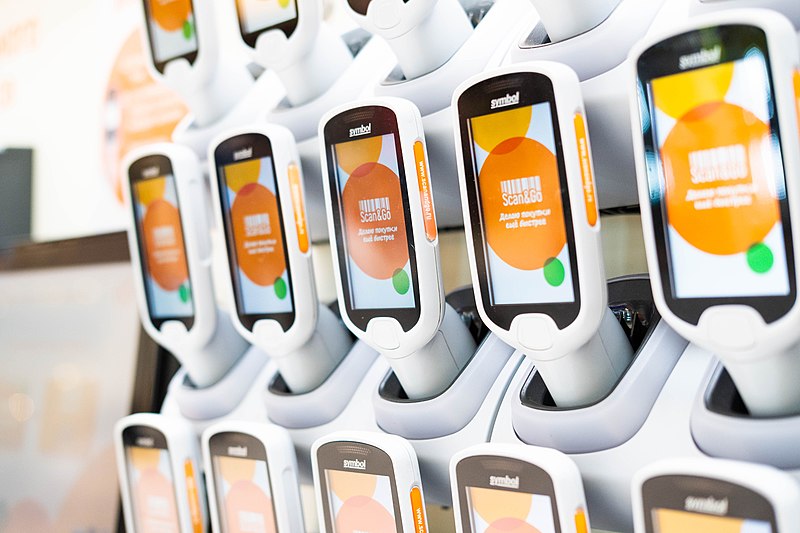We had to have a plumber round the other day. Watching him at work (and pestering him with plenty of annoying questions) it quickly became apparent how much of his knowledge was subconscious. Decades of grovelling around under sinks and fiddling with boilers had ingrained these skills and expertise so deep in his brain that he often couldn’t articulate precisely what he was doing.
This got me thinking… if we were posed the research task of understanding, in detail, how a plumber works how would we capture that insight?
The answer would be by watching them.
This is because we are tapping into their tacit knowledge – “the kind of knowledge that is difficult to transfer to another person by means of writing it down or verbalizing it.”
Putting our plumber in a research lab and asking him questions about his work would yield little result. Instead we need to watch his behaviours – we need to conduct ethnographic research.
Ethnographic vs. lab-based research
When conducting user discovery research and unearthing user goals, we typically run sessions in a lab environment.
There are some real advantages to this - it is easy to record the session, we can quickly tap into stimulus material and key stakeholders can observe the research as it happens.
However, this approach relies on respondents being able to accurately articulate their processes, motivations, pain points and requirements i.e. their explicit knowledge – “knowledge that can be readily articulated, codified, stored and accessed. It can be easily transmitted to others”.
Ethnographic research, on the other hand, sees us out in the respondent’s environment; their home, workplace or a location where they might use a product or service and allows us to observe behaviours.
An example for you…

Some time ago, we worked with Sainsbury’s as they were developing a product scanning mobile app (much like the ‘scan and go’ guns you see at the shop entrance). The idea being, customers would be able to scan a product bar code, add it to their virtual and real-life baskets and pay for it on the app, without having to venture near the checkout.
Aside from the terrible 4G you get in most supermarkets meaning the app wouldn’t load correctly, there were a number of other issues that cropped up.
The key one? Many respondents were unable to orientate their phones correctly in order to scan the barcodes. This made the whole online process that took place after a product was scanned redundant!
If we had simple questioned respondents in the lab about their shopping preferences and shown them the app out of context, this crucial nugget of insight would have been missed.
If it is tacit, behavioural answers you are after, watching respondents interact with your product, service, app or website in their real environment is the best way to get high-quality insights.
Read more: What is UX, Agile & UX, Satisficing: how users browse the web


